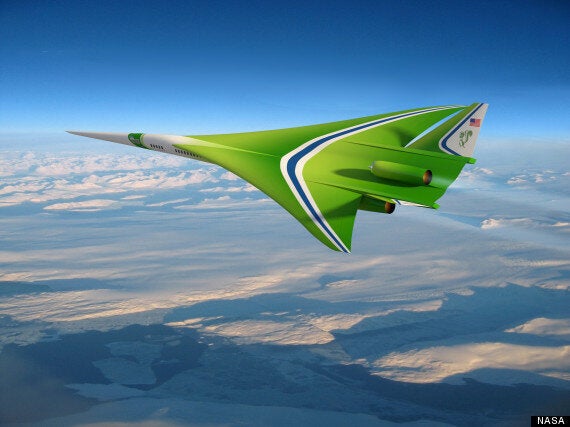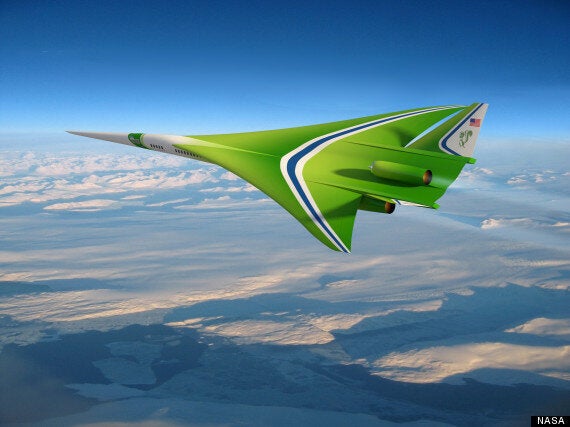NASA scientists are working on the next-generation of supersonic jets, that hopefully will one day carry passengers.
Ever since Concorde was decommissioned, commercial jet manufacturers like Boeing and Lockheed Martin have been working on new designs in order to combat the current ban on supersonic flight over land.
One of the biggest hurdles that NASA's new research seeks to overcome are those surrounding sonic booms: at present they're incredibly loud, potentially causing disruption to people down on the ground.

NASA's research has been looking into designs and technologies that would reduce the effects of the sonic boom, creating more streamlined, more efficient aircraft that can safely travel above Mach 1 over civilian populations.
The aeronautical engineers will present their findings at Aviation 2014, the annual conference for the American Institute of Aeronautics and Astronautics where it's hoped their research will now kickstart the production of large scale supersonic jets.
Peter Coen, who's heading up the project for NASA explains the hurdles that they'll have to overcome before we start boarding supersonic jets on holiday.
"Lessening sonic booms - shock waves caused by an aircraft flying faster than the speed of sound - is the most significant hurdle to reintroducing commercial supersonic flight, other barriers include high altitude emissions, fuel efficiency and community noise around airports."
What's the problem?
Well, at present the issue is noise. Concorde's ground-level noise at supersonic speeds was a window-rattling 105dB, for supersonic to become even vaguely viable the noise will need to be reduced to around 80dB. NASA's ambitiously set its own targets for 75dB for small to medium scale passenger jets: so aircraft that can carry between 30-80 passengers.
How do you fix it?
According to NASA it's down to a combination of factors: Wind tunnels are incredibly useful for testing whether a design is likely to produce a loud sonic boom. NASA is also testing new aircraft design which feature a "needle-like nose, a sleek fuselage and a delta wing or highly-swept wings -- shapes that result in much lower booms."
NASA and industry engineers say they believe supersonic research has progressed to the point where the design of a practical low-boom supersonic jet is within reach.
What's next?
Supersonic isn't the only technology being explored. Companies such as Reaction Engines in the UK are testing 'hypersonic' aircraft which would travel at speeds of Mach 2.5 all the way up to Mach 5.

While traditional jet engines would melt at those speeds, Reaction Engines have developed a Scram Jet engine which uses liquid hydrogen, allowing the plane to fly at altitudes of nearly 25km, reducing drag and allowing the plane to fly much faster.